Poston Family History & Genealogy
Poston Last Name History & Origin
AddSummary
Postan, Postance, Poston, Postin, Postern, Posterne, and several other spellings, from the French word "posterle", and originally described a rear entrance, but in later times was taken to mean the small gate at the side of a portcullis which admitted one person at a time.
from the French word "posterle", and originally described a rear entrance, but in later times was taken to mean the small gate at the side of a portcullis which admitted one person at a time. I believe that the name is usually pronounced with a long "o" like post. Some do pronounce Poston as in Boston, though.
Read more:
rom the French word "posterle", and originally described a rear entrance, but in later times was taken to mean the small gate at the side of a portcullis.
History
We don't have any information on the history of the Poston name. Have information to share?
Name Origin
Topographic surname for someone who lived near a poster or back gate, from Old French posterne (“postern”).
Habitational surname from a minor place in Shropshire, from the Old English personal name Possa + þorn (“thorn”).
from Wikipedia.
Spellings & Pronunciations
Postan, Postance, Poston, Postin, Postern, Posterne, and more.
Nationality & Ethnicity
French, most likely brought over from the Norman invasion. OR
Old English, pre-Norman
Famous People named Poston
Tom Poston comedian, actor 1921-2007
Charles Debrille Poston, first delegate to the US House of Rep for Arizona Territory
Early Postons
These are the earliest records we have of the Poston family.
Poston Family Members
Poston Family Photos
Discover Poston family photos shared by the community. These photos contain people and places related to the Poston last name.
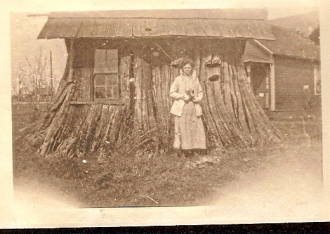

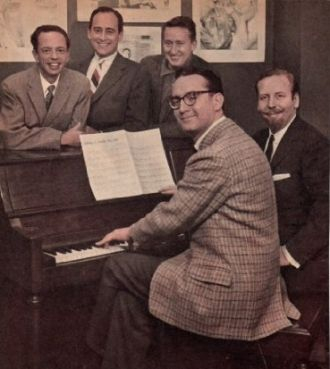
Don Knotts, Louis Nye, Tom Poston, Steve Allen and Skitch Henderson.


I was Sandy Svendsen then. Later I took my middle name Amanda and anglicized it to Stevenson.


People in photo include: Kay (Hudson) Poston

Carl Edwards - White Plains, GA
Roy J. Cornish - Box 262, Washingtonville, NY
Charles A. Miller - 1452 Cortland St, Bethlehem, PA
Kenneth E. Stieris - 520 South 2nd St, Chillicothe, IL
Jack E. Davis - Bucyrus, OH
Robert D. Oldham - Indianapolis, IN
Walter S. Laban - "The Connecticut Yankee'" Ansonia, CT
Eddie W. Kain - Yonkers, NY
Robert F. Johnson - 260 Iranistan Ave., Bridgeport, CT
Benjamin E. Gurney - Twinsburg, OH
Ervin M. Neariny - Rte #2, Box 248, Bay City, MI
J. J. Walzak - 1901 S. Park Ave., Hadden Heights, NJ
Calvin C. Moore - West Leiper St, Dixon, KY
John D. Nice - Philadelphia, PA
Thomas A. Martin - "Wheel," 612 E. Jefferson St, Kokomo, IN
Don E. Pyle - 11220 Primose, Cleveland 8, OH
J.? Barker - 4239 East End . Bay 9615, Chicago, IL
Gerald A. Rouse, Jr. - Shelby, MI
Ronald D. Marquardt - Oswego, NY
Robert E. Poston, 733 Hamlet Ave., Hamlet, NC
E. J. Belki? - 230 Sullivan St, NY, NY
Welsley R. Goff - Buffalo NY and California, CA
Charlie W. Varrell - "Rebel," 418 East Park Ave., Charoltte 3, NC
Don Fisher - 613 Chambers Ave., Jeannette, PA
Karl T. Wokial - Tucson, AZ
Glenn A. Beaumont, 53 Wakefield St., Buffalo, NY
People in photo include: Roy J. Cornish, Carl Edwards, Carl Edwards, Roy J. Cornish, Charles A. Miller, Jack E Davis, Kenneth E. Stieris, Kenneth E. Stieris, Robert D. Oldham, Walter S. Laban, Eddie W. Kain, Benjamin E. Gurney, Ervin M. Neariny, J. J. Walzak, John D. Nice, Don E. Pyle, J. Barker, Gerald A. Rouse, Jr, Ronald D. Marquardt, Robert E. Poston, E. J. Belki, Welsley R. Goff , Charlie W. Varrell, Don Fisher, Karl T. Wokial, and Glenn A. Beaumont
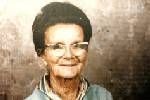
People in photo include: Eliza Poston Wise

bottom left to right: Rhoda Bell Poston Bates (born 1881), John Dee Poston (born 1874)
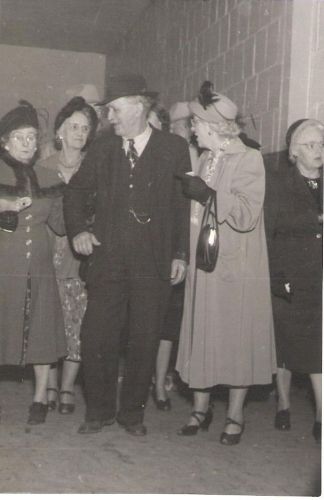
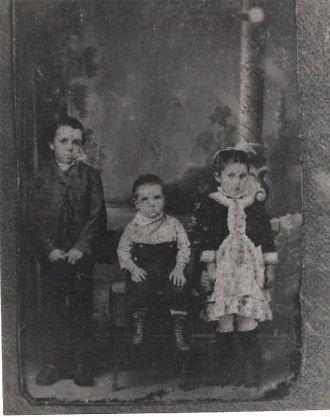

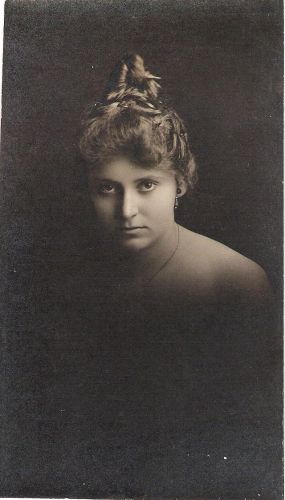
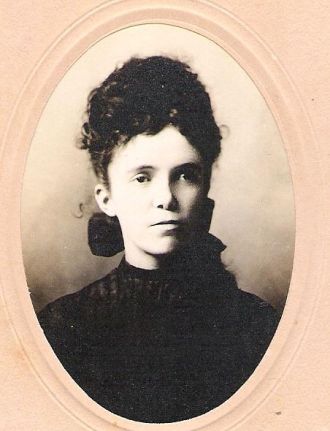

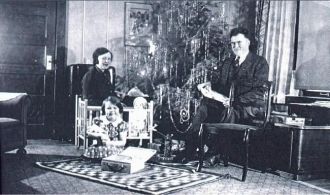


People in photo include: Charles Poston, Sr.
Poston Family Tree
Discover the most common names, oldest records and life expectancy of people with the last name Poston.
Updated Poston Biographies
Popular Poston Biographies





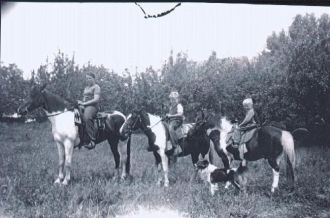






Poston Death Records & Life Expectancy
The average age of a Poston family member is 71.0 years old according to our database of 3,782 people with the last name Poston that have a birth and death date listed.
Life Expectancy
Oldest Postons
These are the longest-lived members of the Poston family on AncientFaces.
Other Poston Records
Share memories about your Poston family
Leave comments and ask questions related to the Poston family.
 Holly Evans
Holly Evans In the photo above,(unavailable)from offshore in the Saint Lawrence River, you can see the spectacular Chateau Fromtenac atop Cap Diamant, a bluff over 300 feet high. The chateau was built towards the end of the 19th century. A funicular railway descending the slope and connecting the Upper Town with the Lower Town in the foreground can be seen below and to the right of the chateau. Also to the right, in the foreground, the spire of Notre Dame des Victoires is visible. It is in this area, the heart of Old Quebec, along the Rue Saint Louis near the chateau, and along the Rue Notre Dame in the Lower Town that the Postons lived and conducted their businesses during the 19th century.
UNESCO has degnated Quebec as a World Heritage Treasure, a place extremely important in world history. The Upper Town evolved over the centuries into the religious and administrative center of the city. Here you will find important edifices such as the Anglican Cathedral of the Holy Trinity, among many other historical sites. The Cathedral was dedicated in 1804, and became the very first Church of England to be built outside of the British Isles. Its interior features solid English oak pews and doors. A section of the church was set aside and used exclusively for visits of British royalty.
Also, located in the Upper Town is the giant star-shaped Citadel. This is North America's largest set of fortifications. It was built between 1820 and 1832 according to plans made with the assistance of the Duke of Wellington, the notable English general who defeated Napoleon at Waterloo in 1815.
The Lower Town is the true heart of Old Quebec. Samuel de Champlain located his own home here in 1608. The Church of Notre Dame des Victoires was later built on the original site of his home. Across the square from the church, on the north end of Notre Dame Street is where the Postons owned a remarkable piece of property.
On the following page, take a close look at the footnote to this page of the history of Quebec. The Postons owned a warehouse that had once been bombed by the British when they laid siege to Quebec in 1759.
A footnote in the history of Quebec describes a building consisting of "spacious and remarkable vaults of French construction" that belonged to the 'Estate Poston'; during the British siege of the city in 1759 they survived terrible bombardment. The French had been careful in their construction to make them fire-proof as well as free from the threat of the rising waters of the Saint Lawrence in springtime. It notes that the vaults were located along Notre Dame Street, "nearly opposite the Church of Notre Dame des Victoires." The Postons used the building as a warehouse.
Quebec, especially Vieux Quebec, is certainly a great tourist attraction. There are many sites on the Internet that propose guided walking tours around the old part of town. One of these mentions a cetain "Maison des Vins" which may currently occupy the site mentioned in the preceeding historical piece. It states; "Turning southwest, we headed to the Place Royale, the heart and soul of the original settlement. In 1608, Samuel de Champlain sited his residence in early Quebec around this cobbled square bordered by buildings with steep, Normandy-style roofs. On the northwest corner of the square we entered the cool musty cellars of Maison des Vins that sells vintage wines, continuing its tradition as a wine warehouse since 1689. The quaint restored church, Notre Dame des Victoires, built in 1688 sits on the site of Champlain's original home at the square's southwest corner." Could the "Estates Poston" be one and the same as the building now occupied by the Maison des Vins? It would be worth a visit to Quebec to check it out.
The Postons undoubtedly held other properties throughout the city since it is frequently stated in church records that the Postons were grocers and merhcnats. Other members of the family were clerks and accountants. Census records show that their homes were located in the Saint Louis district and the Montcalm district. Charles Henry Poston lived in the former and James Glover Poston had a home in the latter. If they worked in the lower town, they would have faced a hike up and down the bluff daily.
This was the geographical setting for the Poston family of Quebec. Now, it would be apporpriate to take a look at the historical backgroud. As mentioned earlier, Champlain founded the French colony at Quebec in 1608 at the base of a bluff he named Cap Diamants. For a century and a half, this remained a French dominated colony. But the British were intent on dominating North America, and waged a successful war on the French. They wrested control of Quebec from the French when General Wolfe defeated General Montcalm on the Plains of Abraham in 1759.
Some sixty years later, around 1820, we believe that Charles Poston Senior came to Quebec. With the information we have at present, we estimate that he was about thirty years old upon arrival. It is possible that his brothers William, Edward, and Thomas, all of Shropshire, England, also came with him. But his brothers were much younger than he was, being born between 1810 and 1816. Transatlantic travel was very risky in this era, especially during the Napoleonic Wars. After the Duke of Wellington defeated Napoleon at Waterloo in 1815, there was a surge in travel from Europe to Canada. So, there is also the possibility that Charles came to Canada alone and established himself and his business first, and only later had his younger brothers come join him in Quebec. The family grew in numbers up through the mid 19th century, but the growth tapered off in the 1860s. The family seems to have disappeared from church records after the 1870s.
It appears that the Postons came to Quebec with some money because they had the wherewithal to set themselves up in business, purchase prime property near the waterfront of Quebec City, and maintain residences with servants in the Upper City.
Despite their bourgeois status, however, they were not immune from the tribulations of diease, famine, accident and hard economic times that took many lives and drove tens of thousands of people from the region. First, there were deadly diseases brought by immigrants that spread to the other inhabitants of Quebec. Quebec suffered through several terrible outbreaks of cholera in the 1830s and 1840s, the latter episode being worse because of the large numbers of people fleeing the Irish famine. Sanitation aboard the ships was appalling. Disease and mortality were natural consequences. It took many weeks for ships to cross from the British Isles to Canada, and by the time they arrived in Canada, the passengers were in terrible physical condition. Many died during the transatlantic passage on those so-called "coffin ships" and were disposed of at sea.
Passenger ships were supposed to stop at Grosse Ile upriver from Quebec where there was a quarantine station. But instead, some ships bypassed the station and went directly to Quebec City with their dying and sick passengers. By the end of the summer of 1832 over 50,000 emigrants from Europe arrived in Quebec. Three thousand three hundred deaths were reported in Quebec alone and more than that on Grosse Ile. But the outbreak in 1847 was even worse. The Canadians had expected large numbers of arrivals du to the famine, but were not prepared for the huge numbers of typhus and cholera victims needing medical aid.
Students of the history
Followers & Sources






